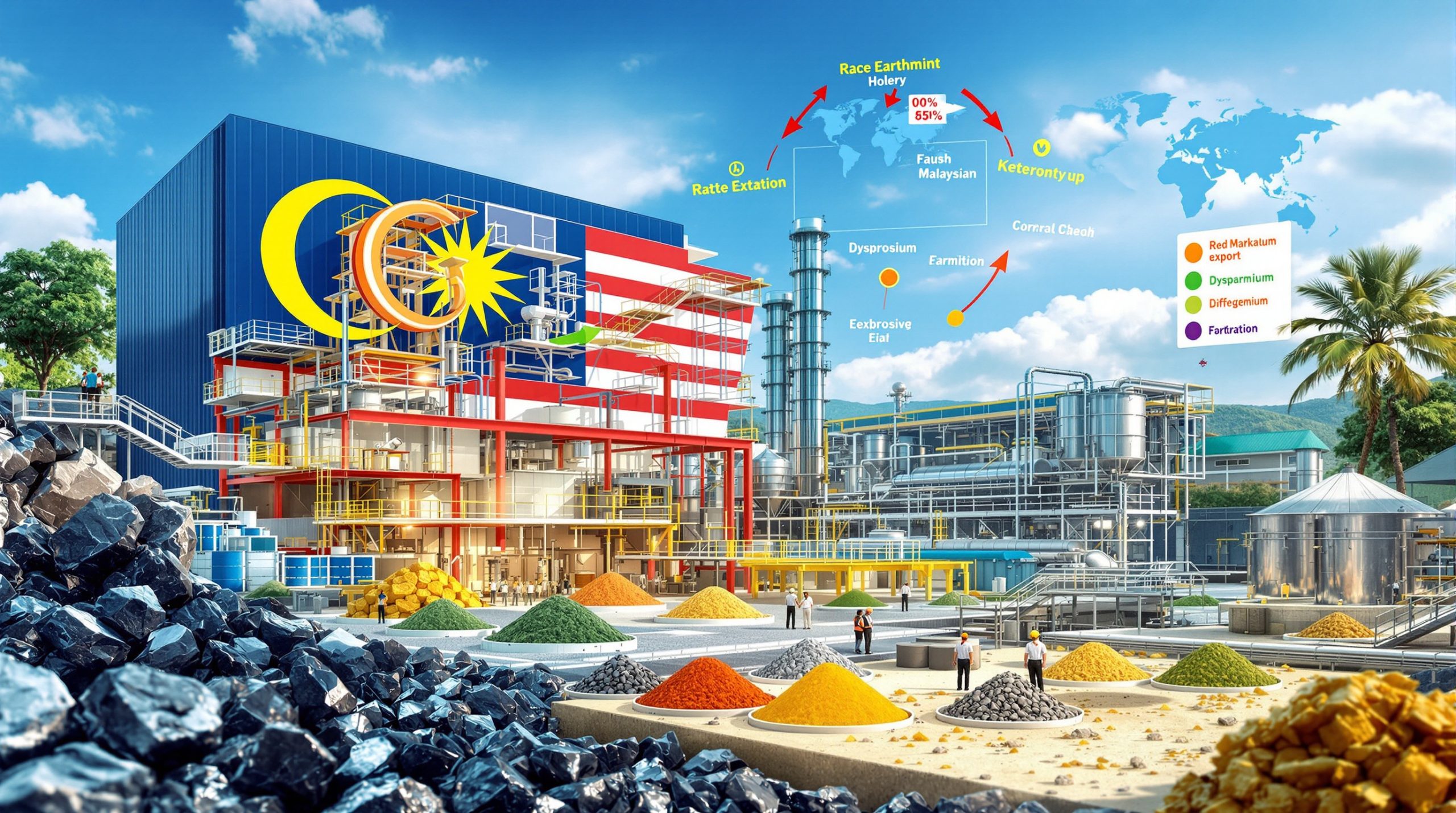Why Are Gold Mining Costs Rising Despite Strong Market Prices?
The gold sector is experiencing a significant increase in production costs despite favorable market prices, creating a challenging environment for mining companies. South Africa's gold sector recorded the largest increase in input prices in March 2025, with average costs reaching $2,986 per ounce (approximately R1,754,316 per kilogram). This trend highlights the growing pressure on producers, particularly those dealing with deep-level, low-grade ore bodies where extraction is inherently more expensive.
Gold mining companies are facing an increasingly complex financial landscape where rising costs are eroding profit margins, even as gold price highs analysis shows continued strength. The contradiction between high market prices and diminishing returns points to fundamental structural challenges within the industry.
The Scale of Cost Increases Across Mining Sectors
The mining industry as a whole saw input costs rise by 3.6% year-on-year during Q1 2025. While this represents a substantial improvement from the 7.0% increase observed in the same period last year, it remains a significant concern for operational profitability. The cost pressure varies considerably across different mining sectors:
| Mining Sector | Cost Increase Severity | Notable Factors |
|---|---|---|
| Gold | Highest increase | Deep-level mining, low-grade ore bodies |
| Chrome | Second highest | Complex processing requirements |
| Iron Ore | Significant increase | Energy-intensive operations |
| Manganese | Moderate increase | Transportation and logistics challenges |
| Coal | Lowest increase | More stable production environment |
The Minerals Council South Africa notes that "deep-level, low-grade ore bodies inherently require more expensive extraction methods, exacerbating cost pressures," highlighting how geological realities create an uneven cost landscape across different mining operations.
Technical Challenges in Deep-Level Gold Mining
South African gold mining faces unique technical challenges that significantly impact production costs:
- Energy consumption: Deep-level gold mines consume approximately 1,500 kWh per kilogram of gold produced, compared to roughly 500 kWh in open-pit operations
- Ventilation systems account for 30-50% of total mine energy usage
- Cooling requirements increase by 5-10% per 100 meters of additional depth
- Water management costs rise exponentially with depth due to groundwater pressure
- Support infrastructure becomes more complex and costly as mines extend deeper
These technical realities create a cost structure fundamentally different from surface mining operations, explaining why gold mining costs have risen more dramatically than in other sectors.
What Global Factors Are Driving Mining Cost Volatility?
The mining industry operates in a global context where international market forces create complex cost pressures that mining executives must navigate. Understanding these dynamics is crucial for both investors and industry stakeholders.
International Market Dynamics
The mining sector's cost structure is heavily influenced by global economic forces that create unpredictable input price environments. Several key international factors are contributing to the current volatility:
Trade Tensions and Supply Chain Disruptions
Ongoing trade disputes between major economies have disrupted traditional supply chains, increasing the cost of imported equipment and materials essential for mining operations. These tensions have created uncertainty in procurement planning and often result in higher prices for critical inputs.
The Minerals Council South Africa has highlighted that "trade tensions disrupt supply chains, inflating costs for imported machinery and chemicals." This is particularly impactful given that 60-70% of South African mining equipment is imported, primarily from China and the European Union.
Oil Price Fluctuations
Brent crude oil price volatility directly impacts mining operations through:
- Fuel costs for heavy machinery and transportation (representing 10-15% of operational budgets)
- Energy generation expenses at remote mining sites
- Petroleum-based products used throughout mining processes
The recent softening of fuel prices observed in early April and May 2025 has provided a modest 2-3% operational cost relief for mining companies, though this benefit remains vulnerable to global oil market volatility.
Currency Exchange Rate Impacts
The mining industry operates in a global marketplace where currency fluctuations significantly affect operational costs:
- Equipment purchases often denominated in US dollars or euros
- Local operational costs paid in domestic currency
- Revenue streams potentially in different currencies than expenses
The South African rand's 4.8% gain on the Nominal Effective Exchange Rate (NEER) has reduced imported equipment costs, providing some relief for mining operations. This currency appreciation has created a 3-5% reduction in imported input costs during Q1 2025.
How Are Local South African Factors Affecting Mining Costs?
Beyond global pressures, South Africa's unique domestic economic and political environment creates additional challenges for mining cost management.
Economic and Political Uncertainty
South Africa's specific economic and political landscape adds another layer of complexity to mining cost management:
Conservative Monetary Policy
The South African Reserve Bank has maintained a cautious approach to monetary policy, delaying expected interest rate cuts. This conservative stance has:
- Kept the prime lending rate at 11% since February 2025
- Created the highest sustained interest rates in over 15 years (outside the 2023-2024 period)
- Significantly increased capital financing costs for mining operations
According to the Minerals Council, "The SARB's conservative monetary policy delays capital investment in productivity-enhancing technologies," creating a situation where mines struggle to fund improvements that could potentially lower operational costs in the long term.
Electricity Tariff Increases
Energy costs represent a substantial portion of mining operational expenses, and recent developments have exacerbated this burden:
- A 12.74% tariff hike for Eskom's direct customers was approved by NERSA
- This increase took effect on April 1, 2025
- The impact will be reflected in subsequent months' cost data
- Deep-level gold mining is particularly electricity-intensive, making this sector especially vulnerable
Featured Insight: The electricity tariff increase of 12.74% will disproportionately affect deep-level gold mining operations, which require extensive pumping, ventilation, and cooling systems to maintain safe working environments at depth.
The energy-intensity of gold mining creates a disproportionate vulnerability to electricity price increases. While all mining operations feel the impact of higher energy costs, deep-level gold mines face a particularly severe challenge due to their reliance on energy-intensive systems.
Which Input Categories Are Showing the Most Volatility?
Cost pressures are not uniform across all mining inputs, creating a complex landscape that requires careful management and strategic planning.
Mixed Trends Across Supply Categories
The mining sector is experiencing varied cost pressures across different input categories, creating a complex operational environment:
Areas of Continued High Costs
- Chemical prices remain elevated due to upstream supply chain challenges
- Industrial inputs continue to show high price levels
- Financing costs remain at historically high levels with the 11% prime rate
Global ammonia shortages during 2024-2025 have increased cyanide costs by 8-12%, directly impacting gold processing operations. Cyanide remains the primary chemical used in gold extraction, making this price increase particularly significant for the gold sector.
Areas of Cost Relief
- Coke and refined petroleum products prices dropped by nearly 10% year-on-year
- Transport equipment costs (vehicles, motor parts, rail stock) fell by approximately 5.2%
- Imported products have become relatively more affordable due to the rand's 4.8% gain on the Nominal Effective Exchange Rate (NEER)
These mixed trends create both challenges and opportunities for mining cost management, requiring a nuanced approach to procurement and operational planning.
Gold Sector's Unique Cost Challenges
Gold mining faces specific cost pressures that set it apart from other mining sectors:
- Depth-related costs: As mines go deeper, ventilation, cooling, and safety requirements increase exponentially
- Grade-related processing: Lower ore grades require processing more material to extract the same amount of gold
- Labor intensity: South African gold mining remains relatively labor-intensive compared to other mining sectors
- Water management: Deep mines require extensive dewatering operations
These sector-specific challenges help explain why gold mining has seen the most significant cost increases despite generally favorable gold market performance.
What's the Future Outlook for Mining Input Costs?
As the mining industry looks ahead, several factors will shape the cost environment and influence operational strategies.
Stabilization Amid Ongoing Risks
While mining input cost inflation has decreased significantly from last year's peaks, several factors will continue to shape the cost environment:
Persistent Challenges
- High borrowing costs will continue to impact capital-intensive projects
- Increasing electricity tariffs will affect operational profitability
- Economic uncertainty may delay investment decisions
The Minerals Council South Africa notes that "input inflation is stabilizing below pre-pandemic averages but remains uneven across commodities," suggesting a cautiously optimistic outlook that acknowledges ongoing risks.
Potential Relief Factors
- Softening fuel prices observed in early April and May 2025 may provide some cost relief
- Stronger rand could reduce imported input costs
- Potential future interest rate cuts may eventually ease financing pressures
The combination of these factors suggests a moderating cost environment, though significant challenges remain, particularly for energy-intensive operations like deep-level gold mining.
Industry Adaptation Strategies
Mining companies are implementing various strategies to mitigate rising costs:
- Automation and digitalization to improve operational efficiency
- Energy efficiency initiatives to reduce electricity consumption
- Alternative energy solutions including solar and other renewable sources
- Operational optimization to maximize resource utilization
- Strategic supplier relationships to manage input costs
These adaptation strategies represent the industry's response to persistent cost pressures, with many companies finding innovative ways to maintain profitability despite challenging conditions. According to the Wilson's Advisory report, mining companies that successfully implement these strategies are likely to outperform their peers.
How Do Rising Costs Impact Mining Investment Decisions?
The current cost environment has profound implications for capital allocation and investment strategies across the mining sector.
Capital Allocation Challenges
The current cost environment creates significant challenges for mining investment decisions:
Project Viability Concerns
- Higher hurdle rates for new project approvals
- Extended payback periods affecting investment attractiveness
- Preference for brownfield expansions over greenfield developments
- Selective capital deployment favoring lower-cost operations
According to the Minerals Council, approximately 70% of miners now prioritize brownfield expansions over greenfield projects, reflecting a risk-averse approach in the current cost environment.
Strategic Implications
The cost pressure is reshaping the mining landscape by:
- Accelerating consolidation as larger players acquire distressed assets
- Driving innovation in cost-saving technologies
- Encouraging vertical integration to control input costs
- Shifting focus toward higher-grade, lower-cost deposits
These strategic shifts will likely reshape the mining industry landscape in the coming years, potentially leading to fewer but larger operations with greater technological sophistication. Despite these challenges, undervalued gold stocks continue to present opportunities for discerning investors.
FAQ: Understanding Mining Cost Dynamics
Why is the gold sector experiencing higher cost increases than other mining sectors?
Gold mining in South Africa faces unique challenges due to the depth and low-grade nature of remaining ore bodies. Deep-level mining requires extensive infrastructure for ventilation, cooling, and safety systems, all of which are energy-intensive and costly to maintain. Additionally, processing lower-grade ore requires handling larger volumes of material to extract the same amount of gold, further increasing costs.
How do electricity costs specifically impact mining operations?
Electricity represents one of the largest operational costs for mining companies, particularly in energy-intensive processes like crushing, grinding, and beneficiation. For underground operations, electricity powers critical systems including hoisting, pumping, ventilation, and refrigeration. The 12.74% tariff increase approved by NERSA significantly impacts mining cost structures, especially for deep-level operations.
What measures can mining companies take to offset rising input costs?
Mining companies are implementing various strategies including:
- Investing in energy-efficient technologies
- Deploying automation and digitalization solutions
- Developing alternative energy sources like solar installations
- Optimizing operational processes to reduce waste
- Renegotiating supplier contracts and exploring strategic partnerships
- Focusing on high-grade zones within existing operations
How do financing costs affect mining operations?
The sustained high interest rate environment (11% prime rate) increases:
- The cost of capital for new projects and expansions
- Working capital expenses for ongoing operations
- The hurdle rate for investment decisions
- Debt servicing costs for existing loans
This financial pressure can delay or prevent capital investments necessary for maintaining production levels and improving operational efficiency.
Navigating the Complex Cost Environment
The mining industry, particularly the gold sector, faces significant challenges from rising input costs despite record-high gold prices. The combination of global factors like trade tensions and oil price volatility with local issues such as high interest rates and electricity tariff increases creates a complex operational environment.
While cost inflation has moderated from previous peaks, mining companies must continue to innovate and optimize operations to maintain profitability. The industry appears to be entering a period of stabilization, with input inflation settling below long-term pre-pandemic averages, but cost pressures will likely remain uneven across commodity sectors.
For investors and industry stakeholders, understanding these cost dynamics is crucial for evaluating mining companies' operational efficiency, profitability potential, and long-term sustainability in a challenging economic landscape. As noted in a recent IBIS Gold mining report, companies that can effectively manage these cost pressures will emerge as industry leaders.
Further Exploration:
Readers interested in learning more about mining cost dynamics can also explore related educational content from the Minerals Council South Africa, which regularly publishes industry insights and mineral beneficiation insights and economic analyses of the mining sector.
Looking to Gain Early Access to Major Mining Discoveries?
Discovery Alert's proprietary Discovery IQ model delivers real-time notifications on significant ASX mineral discoveries, transforming complex data into actionable investment insights for both short-term traders and long-term investors. Explore historic returns from major mineral discoveries by visiting the Discovery Alert discoveries page and position yourself ahead of the market.




